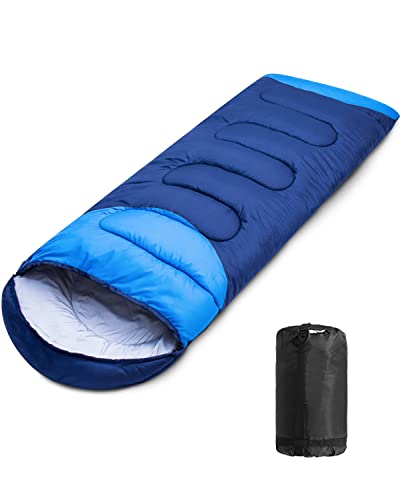The Importance of Insulation in a Sleeping Bag
When it comes to camping or outdoor activities, having a good quality sleeping bag is essential to ensure a comfortable night’s sleep. One of the most important factors to consider when choosing a sleeping bag is the type of insulation it uses. Insulation is what keeps you warm by trapping air and preventing heat loss. There are several types of insulation available, each with its own pros and cons. In this article, we will explore the different types of insulation and determine which is the best for a sleeping bag.
Down Insulation
Down insulation is derived from the soft undercoating of ducks or geese. It is known for its exceptional warmth-to-weight ratio, meaning it provides excellent insulation while remaining lightweight. Down is highly compressible, making it ideal for backpacking and minimizing pack size. It also offers great breathability, allowing moisture to escape and keeping you dry and comfortable throughout the night.
However, down insulation has its downsides. It loses its insulating properties when wet and takes a long time to dry. It is also more expensive than other types of insulation. Nevertheless, many campers and outdoor enthusiasts consider down insulation to be the best choice for a sleeping bag due to its unbeatable warmth and comfort.
Synthetic Insulation
Synthetic insulation is made from polyester fibers and is designed to mimic the insulating properties of down. It is a more affordable alternative to down insulation and performs better in wet conditions. Unlike down, synthetic insulation retains heat even when damp and dries quickly. It is also hypoallergenic and resistant to mold and mildew.
However, synthetic insulation is bulkier and less compressible than down insulation. It tends to weigh more and takes up more space in a backpack. It also has a shorter lifespan compared to down insulation. Despite these drawbacks, synthetic insulation is a popular choice for budget-conscious campers who prioritize durability and weather resistance.
Hybrid Insulation
As the name suggests, hybrid insulation combines the best attributes of down and synthetic insulation. It typically features a combination of both materials, with down being used in areas where maximum warmth is needed, and synthetic insulation in areas prone to moisture. Hybrid insulation aims to provide the benefits of both types of insulation while minimizing their limitations.
Hybrid insulation sleeping bags offer excellent versatility, providing warmth even in wet conditions while remaining relatively lightweight. However, they are often more expensive than sleeping bags with single insulation types. Nevertheless, if you frequently encounter varying weather conditions during your outdoor adventures, hybrid insulation may be the best option for you.
Other Insulation Options
While down, synthetic, and hybrid insulation are the most commonly used in sleeping bags, there are a few other insulation options worth mentioning:
- ThermoBall®: This type of insulation is made from small, round synthetic fibers that mimic the structure of down clusters. It provides the warmth equivalent to 600 fill down but with the added benefit of retaining heat even when wet.
- Polarguard®: Polarguard insulation is a synthetic alternative to down. It is bulkier and less compressible than down or synthetic insulation, but it offers good warmth and durability.
Choosing the best insulation for a sleeping bag depends on your budget, needs, and expected weather conditions. If warmth, comfort, and compressibility are your top priorities, down insulation is the way to go. However, if you are on a tight budget or frequently encounter wet conditions, synthetic insulation may be a better option. Hybrid insulation can provide the best of both worlds but comes at a higher price tag. Ultimately, the best insulation for your sleeping bag is the one that meets your specific requirements and allows you to have a restful night’s sleep wherever your adventures take you.






